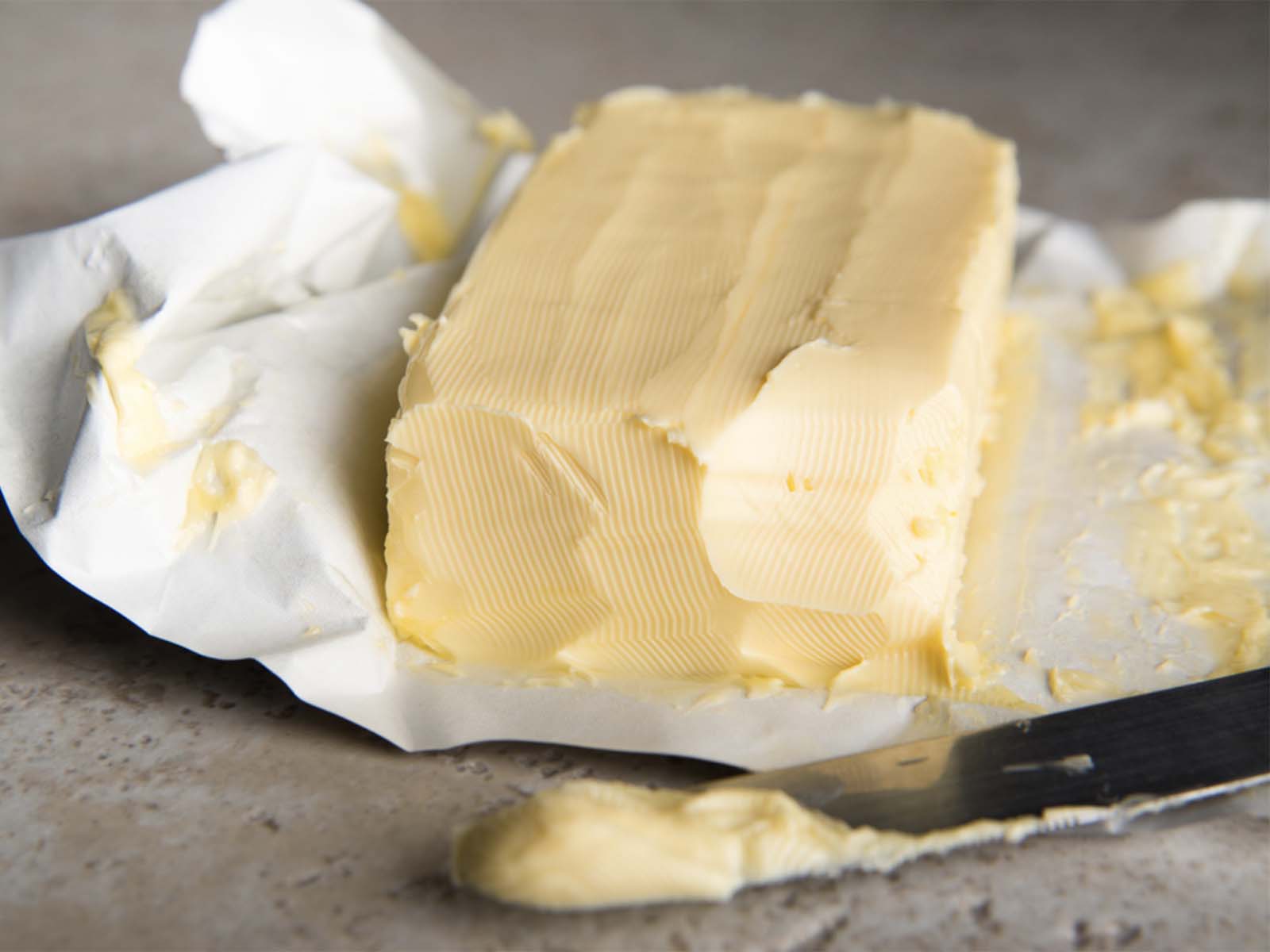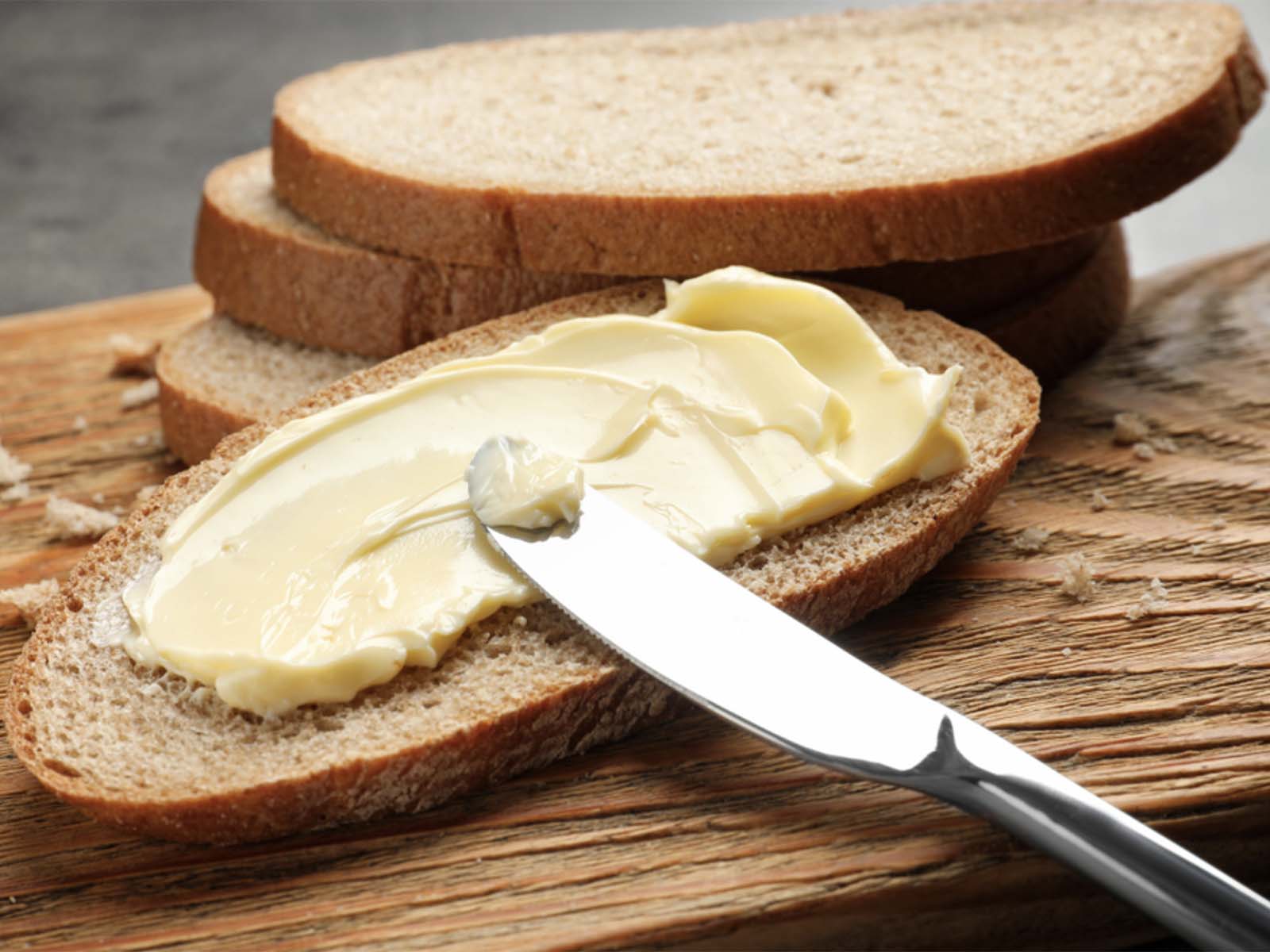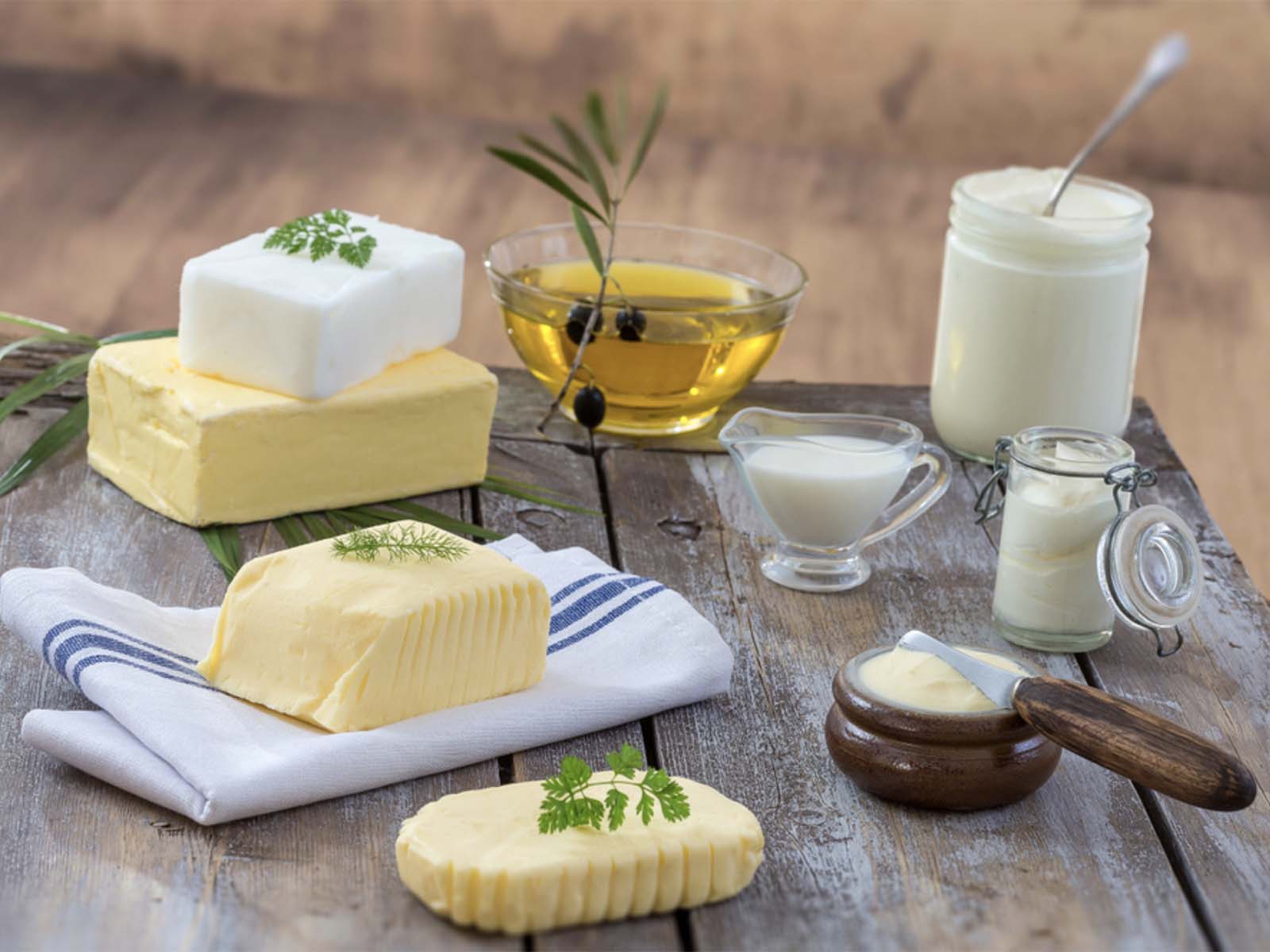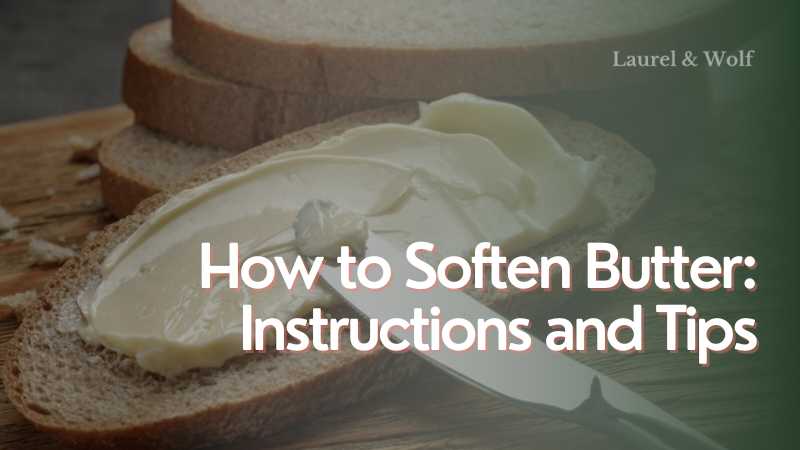Butter is a prevalent ingredient in many dishes and has the ability to enhance the flavor of your meals. Before using it in cooking or baking, it’s often needed to be made softer. But do you know how to go about softening butter? Learn the method from Spice Kitchen & Bar in the upcoming article!
Ways to Soften Butter: 9 Methods
- Method 1: Use room temperature.
- Method 2: Cut the butter into cubes.
- Method 3: Use a steaming cup.
- Method 4: Use the microwave steaming.
- Method 5: Use a lukewarm water bag.
- Method 6: Pound the butter.
- Method 7: Grate the butter.
- Method 8: Use a stand mixer.
- Method 9: Use the actual microwave.
Butter softener tip: These flavored butters are also a great way to use butter that’s too soft if you’ve tried softening butter in the microwave but didn’t use our defrost setting tips.

1. Use room temperature
Soften butter at room temperature for the best results without much effort. However, it takes the longest time, so planning is needed. The time depends on the environment of the room. I usually pull a stick or two out of the fridge in the morning. There is no significant difference if the butter is wrapped or unwrapped.
- Preparation time: 1 minute.
- Softening time: 1 to 2 hours.
2. Cut the butter into cubes
Cut the butter into small cubes for faster softening. Cut them into ½ inch pieces or smaller if desired for faster results. This method raises the temperature by about 5 to 10 degrees. Leave it on the counter until the desired temperature is reached.
- Preparation time: 5 minutes.
- Softening time: 5 to 15 minutes.
3. Use a steaming cup
Heat water in a glass or porcelain mug, then pour it out. Place the cup on the unwrapped stick. The moist environment will react to the trapped butter, but after 5 minutes the temperature quickly cools down and loses its ability to soften. The core of the butter will be harder than the outside. Open the package and let it rest on the counter or cut into cubes to speed things up.
- Preparation time: 10 minutes.
- Softening time: 5 to 8 minutes.
4. Use the microwave steaming
This is a quick and gentle method. Put some water in the microwave to create a warm and steamy environment. Then swap it out with a plate of sliced avocado. Residual heat and moisture warm the slice. I find the intimate area will be about 79 degrees after boiling the water. The butter will be ready to use in just 10 minutes.
- Preparation time: 5 minutes.
- Softening time: 10 minutes.

5. Use a lukewarm water bag
Bathing in warm water will feel a bit cool, but the difference between the chilled slices of butter and the liquid temperature of 80 degrees will quickly soften the butter without melting. This doesn’t work for clubs because the edges soften quickly, but the middle remains firm, requires more time, and risks becoming excessively soft.
- Preparation time: 5 minutes.
- Softening time: 4 minutes.
6. Pound the butter
It’s time to get aggressive! Beat a piece of butter in the center of the parchment or wax paper until very thin. The heat generated by friction and increased surface area will help it soften faster. Once flattened, it will be around 59ºF (15ºC). Leave it at room temperature for about 5 minutes to get to 65ºF (18ºC). This method is quick, easy, and delivers a consistent texture and temperature throughout.
- Preparation time: 5 minutes.
- Softening time: 5 minutes.
7. Grate the butter
Grate the butter to the widest pore size of a hand blender or box mill. Wrap paper around the butter to help secure it, so you don’t touch the sharp holes with your fingers. It will come to room temperature very quickly. This works great if you’re making quick breads that require a spongy texture like buttermilk cookies or scones.
- Preparation time: 5 minutes.
- Softening time: 2 to 3 minutes.
8. Use a stand mixer
This method is very effective if you already need some softened butter to whip the cream with the sugar. Just cut the butter into even pieces. For one bar, I cut it into eight slices. Mix on medium-low speed until it reaches desired softness. The friction created between the stirrer and the bowl heats the fat. The great thing is that it’s already in the bowl for the next step in your baking.
- Preparation time: 2 minutes.
- Softening time: 4 minutes.
9. Use the actual microwave
This method is the hardest but also the fastest. It’s important to use medium power and flip the stick every 5 seconds to make sure the cake is evenly soft. I find that it takes about 30 to 35 seconds to get to 65 to 67 degrees.
This ensures that the microwave energy is evenly distributed throughout the solid fat and not just to one side. When you need to use a large amount of butter for a recipe, this method is ideal. Some microwave ovens have a butter softening program.
- Preparation time: 2 minutes.
- Softening time: 20 to 35 seconds.

Why Should We Need to Soften Butter?
Let’s discuss why you really need soft butter for your recipe. Most recipes call for room temperature/soft butter. And there is legitimate science regarding this particular consistency. Butter, a solid fat, has the ability to trap air, and creaming is when butter traps that air.
During baking, that trapped air expands due to heat and creates a fluffy muffin. Not only that, the ingredients at room temperature bond together very easily because they are warmer, creating a dough with an even and seamless texture. Fine dough with trapped air = a baked product with a uniform texture and proper flavor. The cold ingredients do not emulsify together. This results in lumpy frosting, chewy cheesecakes, thick cakes, flatbreads, and oily muffins.
Use room temperature butter if a recipe calls for room temperature butter. It’s the first rule of all baking tips. Otherwise, it cannot make cream with sugar properly.
Use Softened Butter in Cooking
Soft butter is not only ideal for baked goods, but it’s also great for mixing with other flavors to create mixed butter or thick butter like this lavender butter recipe for later. Try this herb, honey, and garlic butter (pictured above) or experiment with adding your own blend.
Soften the butter at below room temperature, about 65ºF to 67ºF (18ºC to 19ºC). This range allows the needle-shaped elemental beta fat crystals to become solid but still pliable. When mixed, the softened fat will trap air pockets, so cookies, cakes, and frosting will turn pale instead of thick.
Store Softened Butter
The melting point of butter is between 82ºF and 97°F (28ºC to 26ºC), from where it goes from solid to liquid. It’s best not to re-refrigerate completely melted butter, as it loses its fat crystal properties and will affect the texture of the pies. However, you have a few choices in case it’s a little too warm.
For sticks or pieces, place in the refrigerator, checking every minute until closer to room temperature. Freezers also work, but check more often because the temperature is 0ºF (-18ºC) versus 40ºF (4.4ºC). Slices can be placed in a bowl with a few ice cubes and gently mixed until firmer. If necessary, blot the pieces with a paper towel to dry the surface.
Final Words
Each method of softening butter has its own advantages and disadvantages, so when choosing, read carefully how to do it. Hopefully, after this Nubobeauty article, you’ll know how to soften butter properly. We still have a lot of articles on useful and interesting kitchen experiences, read on if you’re interested!

